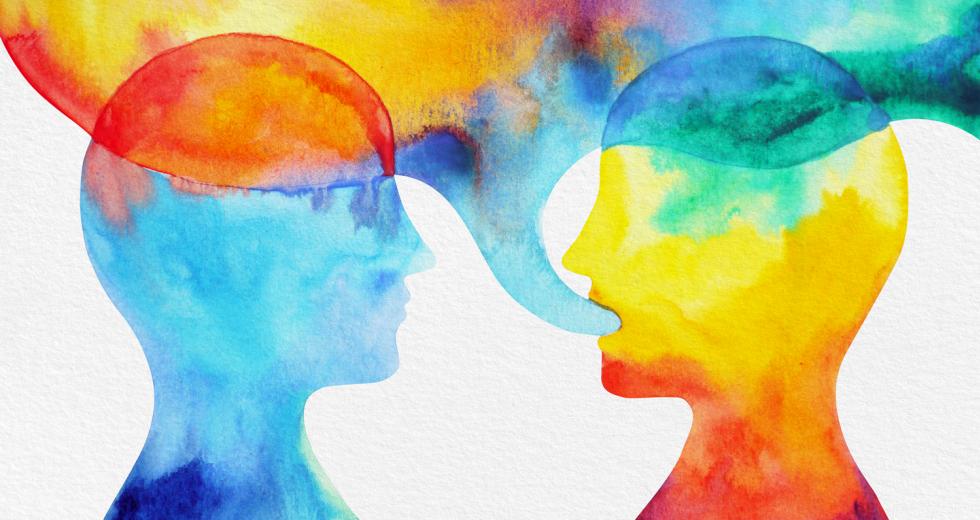More open discussions on mental health are welcome.
“Hello. How are you today?” It’s a common greeting, often delivered and responded to without much thought. I suspect the answer you hear most often is “I’m just fine, thanks.” And most of us are fine, most of the time.
We can see with our own eyes when someone is suffering from a bad cold or physical pain, but what about people who are suffering from pain we can’t see? They aren’t really fine and they are often afraid to say so.
For years, businesses have recognized that healthy employees benefit the bottom line. They sponsor programs to help employees stop smoking, lose weight or get preventive check-ups. Healthy employees are more productive, take less time off and, in some cases, reduce insurance costs. But it requires a sensitive strategy, employers getting involved in their workers’ mental health. In an effort to provide some clarity around the issue, a new law effective in January authorizes the State of California to set guidelines for businesses to use in promoting voluntary discussion about mental health.
But perhaps the most dire consequences of our community’s mental illness problem are found on our urban streets. The National Alliance on Mental Illness estimates that 46 percent of homeless adults suffer from serious mental health disorders, and that anywhere from 15-30 percent of individuals booked into jail suffer from mental illness. The U.S. Department of Justice estimates that over half of inmates struggle with at least one mental health problem — and the U.S. is home to the highest percentage of incarcerated people in the world. The Centers for Disease Control and Prevention estimate that 1 in 4 adults suffers from some form of mental illness and half of adults will experience it at some point during their lives.
Related: Navigating Mental Health Conditions in the Workplace
The rate of mental illness is seemingly growing by leaps and bounds. It’s a complex and multifaceted issue, and each individual’s situation is different. It could start with our environment, poor eating and health habits, and what we now know as the routine stresses of life — the ever-shrinking middle-class, the lack of affordable housing, higher rates of debt and underemployment among young people, the rising costs of healthcare, and so much more. A dearth of mental health professionals and issues of access, particularly in rural areas, compound the problem.
The first step to addressing this problem is our willingness to talk about it. Bringing it out in the open removes the stigma many people associate with mental illness. As with any illness, early intervention is key. We need to recognize that many people who struggle with mental illness don’t realize that they do, creating another barrier to treatment.
A more open conversation on the subject will better equip all of us to recognize danger signs for people in need of help. The Sacramento Library system offers staff “Mental Health First Aid” training, which teaches how to recognize signs of mental illness among people using the library, how to listen to them without judgment and to guide them to counselors and professionals who could help. Local restaurateur Patrick Mulvaney is working with local stakeholders to offer similar training to food service workers. (You can learn more about the shortage of mental health professionals in this month’s cover story, “Good Help is Hard to Find” by Russell Nichols)
Another new law championed by the Steinberg Institute, a nonprofit launched by Sacramento Mayor Darrell Steinberg to encourage leadership in addressing mental illness, will require people training to become family counselors or educational psychologists to take a 6-hour course in suicide risk and intervention. Not all people with mental health problems will take their lives, but suicide is on the rise. We lose more than 40,000 people a year nationwide to suicide, more than double the number lost to homicide. A disproportionate number of those are pre-teen and teenaged youngsters.
If our goal is first to destigmatize mental illness, we should expect to see higher rates as those who would have suffered in silence emerge from the shadows. The number of calls to the national helpline for suicide prevention (800-273-8255) has doubled since 2013. It may surely be a sign that there are more people in need of help — but hopefully, also that more are willing to reach out and ask for it.



